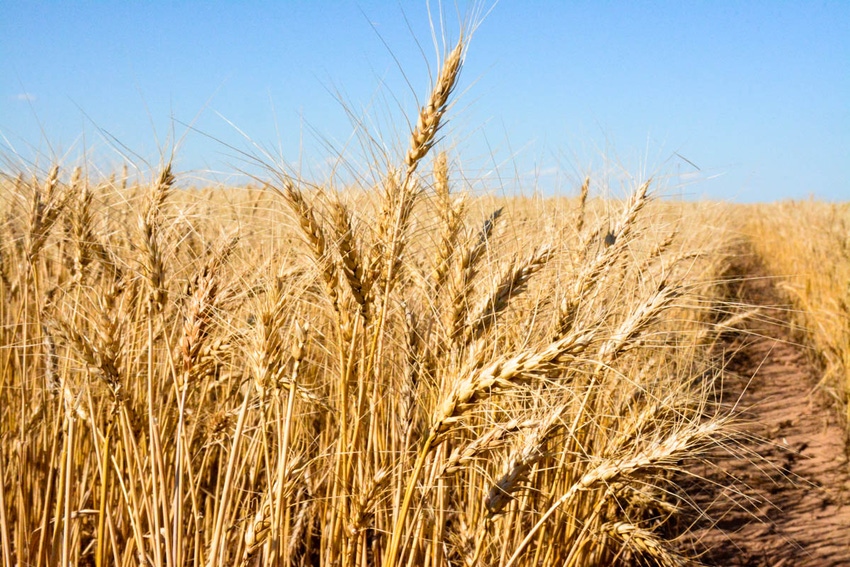July 18, 2019

Comment: When I started writing this article, Dacoma, Oklahoma wheat prices were $4.18. Three days later, the price was $4.46. Three more days later, the price was $4.28. This market is relatively low and nervous. The odds that Oklahoma and/or Texas 2019/20 wheat prices will reach $5.00 by January 1 is about one in three, or 33 percent.
The most negative price factor for the 2019 U.S. hard red winter wheat (HRW) crop may be competition from the Black Sea region. Other negative factors include protein, test weight, above average yields and production, and projected record world wheat production. There is just not much of a way to put a positive spin on wheat prices.
The Black Sea exporters are Russia, Ukraine, and Kazakhstan. In the July WASDE (World Agricultural Supply and Demand Estimates), Russia was projected to produce 2.73 billion bushels (bb) and export 1.36 bb. Ukraine was projected to produce 1.1 bb and export 716 million bushels (mb). Kazakhstan was projected to produce 514 mb and export 276 mb. Together the Black Sea exporters are projected to produce 15 percent (4.3 bb) of the world’s wheat production and export 35 percent (2.4 bb) of the world’s wheat exports.
Reports show that the Black Sea FOB (free on board) vessel 12.5 percent protein milling quality wheat price was $201.35 per tonne ($5.48 /bu.).
At this writing, the Houston truck/rail wheat price is $5.50. If it costs 30 cents per bushel for handling, loading and profit, the FOB Houston price for exported wheat would be $5.80 compared to $5.48 at the Black Sea port. Oklahoma and Texas Panhandle wheat is priced about 32 cents above the world export market price.
Another negative market factor is the 2019 HRW wheat protein level. Plains Grain, Inc. obtains samples throughout the HRW wheat area. Samples from Oklahoma, Texas, and most of Kansas show average protein to be 11.3 percent. Test weight has averaged 60.1 pounds. This is well below the 12.5 percent protein required by many export contracts and the minimum 12 percent protein required by some export elevators.
So, what must HRW wheat producers do to compete in the export market? The protein/quality requirements discussed above indicate HRW producers have to produce a quality wheat (12.5 percent protein) at a competitive production cost.
Research conducted at Purdue University (“International Benchmarks for Wheat Production.” farmdoc daily (9): 100, Department of Agricultural and Consumer Economics, University of Illinois at Urbana-Champaign, May 31, 2019) showed that Russian wheat variable costs of production were about 27 percent less than Kansas wheat production costs. For example, if Kansas variable costs are $4.76 per bushel, Russian wheat production costs would be $3.47.
If fixed costs (land) are included in the calculations, Russian wheat production costs are about 44 percent less than Kansas wheat production costs. The moral of this story is that HRW wheat producers must reduce the per bushel costs to compete in the world market.
The Food and Agricultural Policy Research Institute, University of Missouri, “U.S. Baseline Outlook” projects U.S. wheat prices to average $5.20 over the next 10-years. The average annual Oklahoma and Texas wheat price normally average about 20 cents less than the U.S. average annual price.
To compete in the world wheat market and to survive as a wheat producer, 12 percent or higher protein must be produced, and costs of production must be less than $5.00 per bushel. Changes in production practices will have to be made.
There is just no other way to spin this story.
About the Author(s)
You May Also Like






